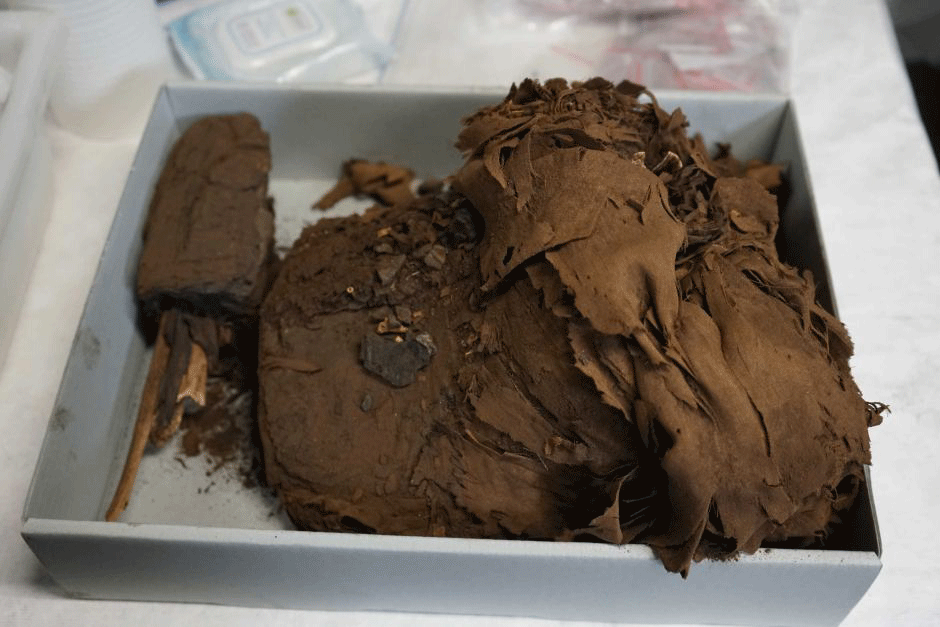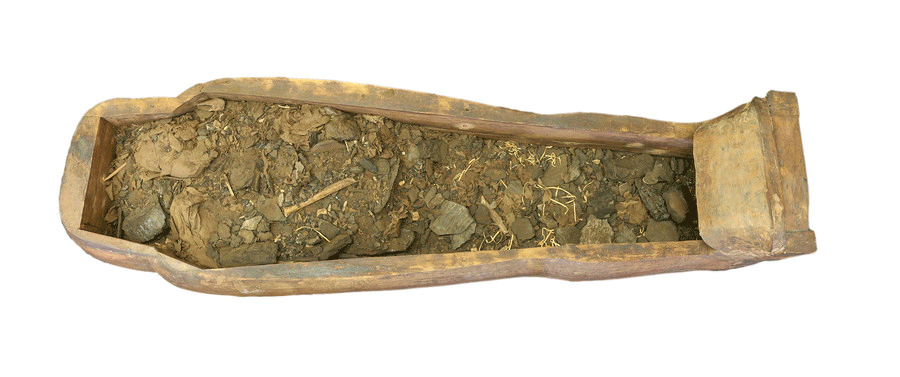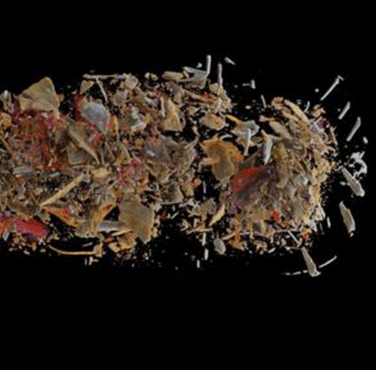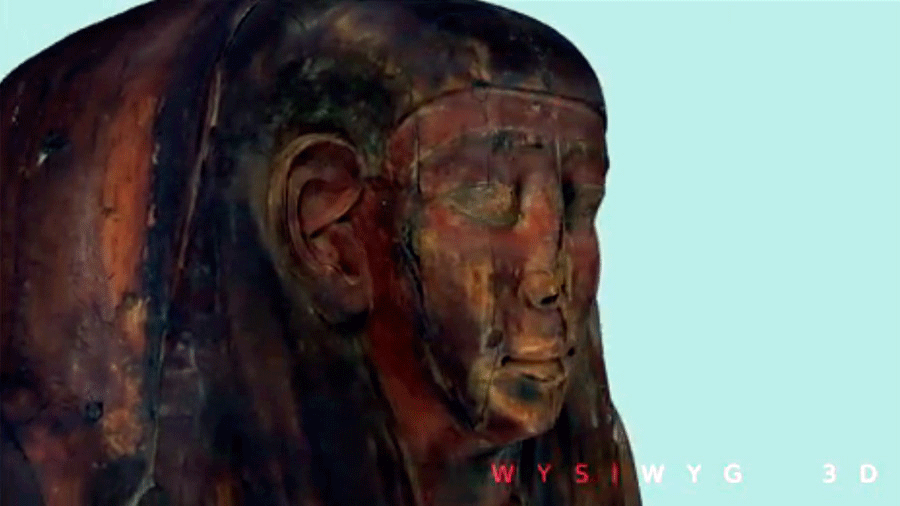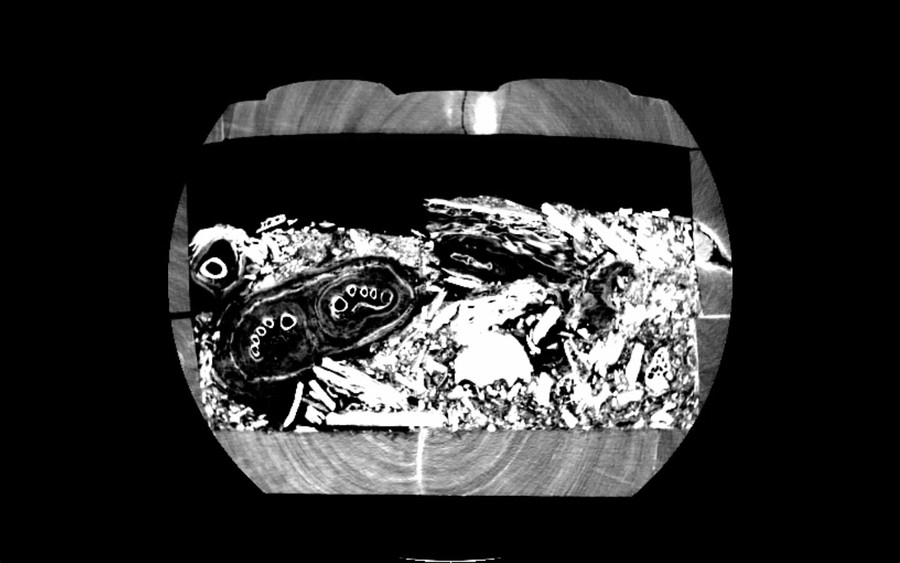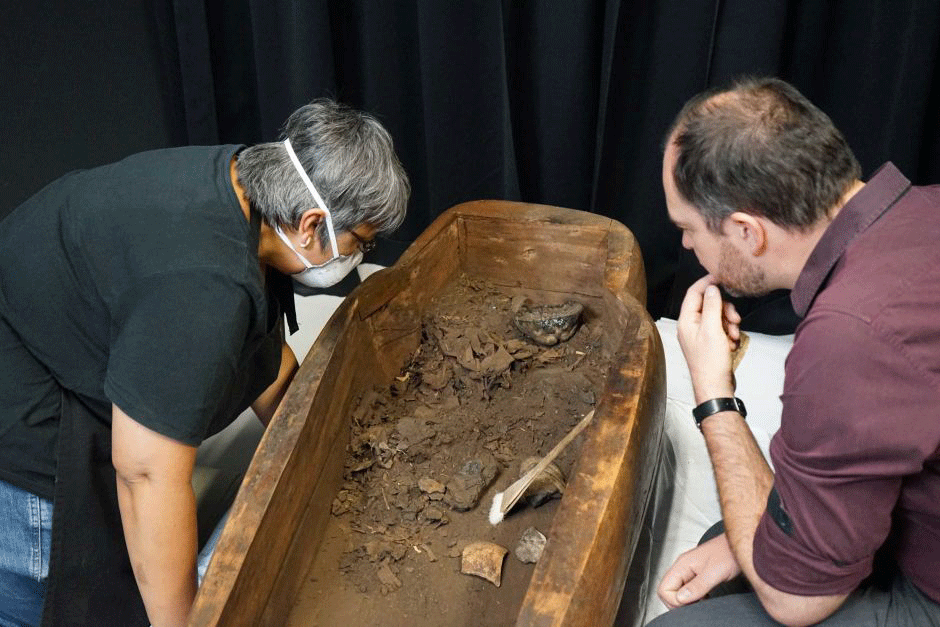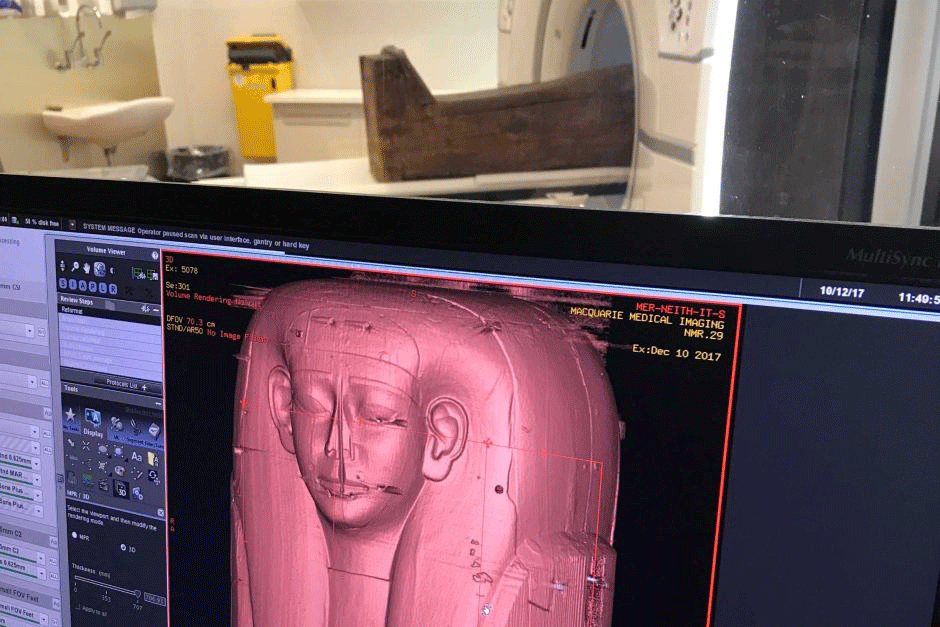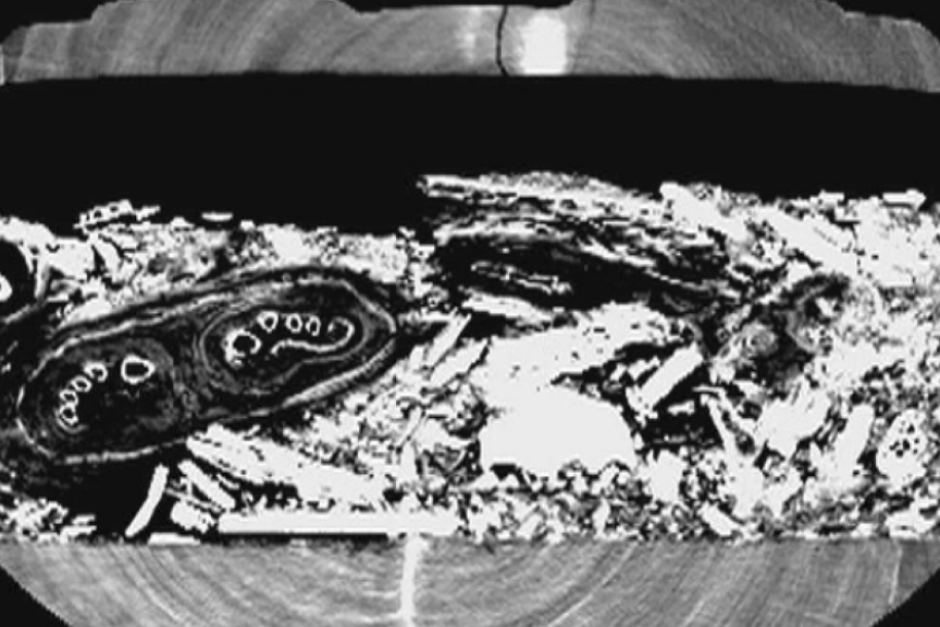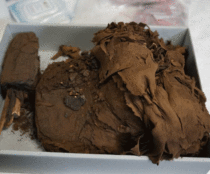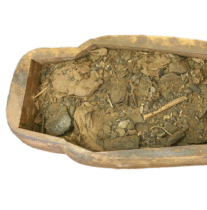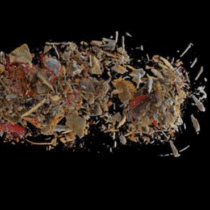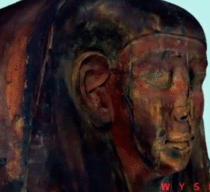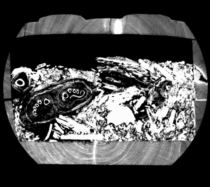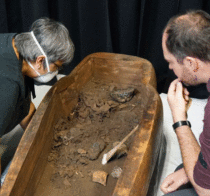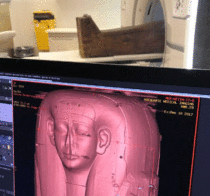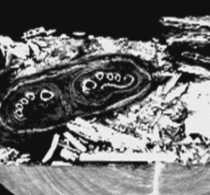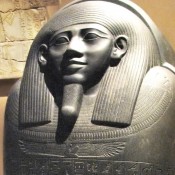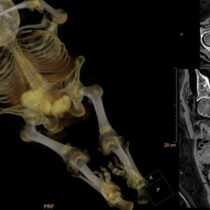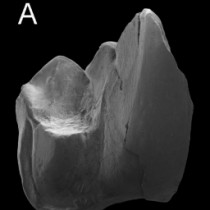Archaeologists at the University of Sydney, Australia, were surprised when they found a sarcophagus they thought was empty, stored for more than 150 years, contained the remains of a mummy.
The 2,500-year-old coffin was thought to be empty and had been stored at Nicholson Museum, the oldest university museum in Australia. Last year researchers opened the coffin and to their surprise it contained the remains of human feet and bones, probably damaged by tomb raiders.
The sarcophagus’ origin is in Egypt, where it was discovered at about 1860 by the museum’s founder. It had been classified as empty and remained in storage for the past 150 years. Egyptologists were preocupied with studying other sarcophagi which contained complete mummies and seemed to be more impressive.
The newly discovered mummy was probably torn apart by tomb raiders and only 10% of it remained in the coffin. Hieroglyphics on the coffin date to c. 600 BC and indicate that it was constructed for Mer-Neith-it-es, a priestess or a worshipper. However, since it was a common practice that coffins were reused if the customer requested it researchers cannot be absolutely sure that it was her remains in the sarcophagus. When radiocarbon dating is issued researchers hope they will have more evidence to support that Mer-Neith-it-es is indeed the person whose remains lie in the coffin.
The discovery has just been made public. Last week CT scans and an excavation were completed and several bones, bandages, resin fragments and over 7,000 beads from a funeral shawl were found in the coffin. Laser scans have been made to create 3D models and researchers can now say that it was a female adult in her 30s, perhaps older.
Since the remains of the mummy are already damaged researchers can perform types of tests that they cannot perform on other mummies out of fear of damaging them and because disturbing human remains is thought to be unethical. Of course the remains will be stabilized and properly conserved. Although the process of completing the analyses to identify the remains will take a long time, the coffin along with three other coffins will be exhibited in a museum on University grounds. The process of trying to identify the remains will also be displayed.
